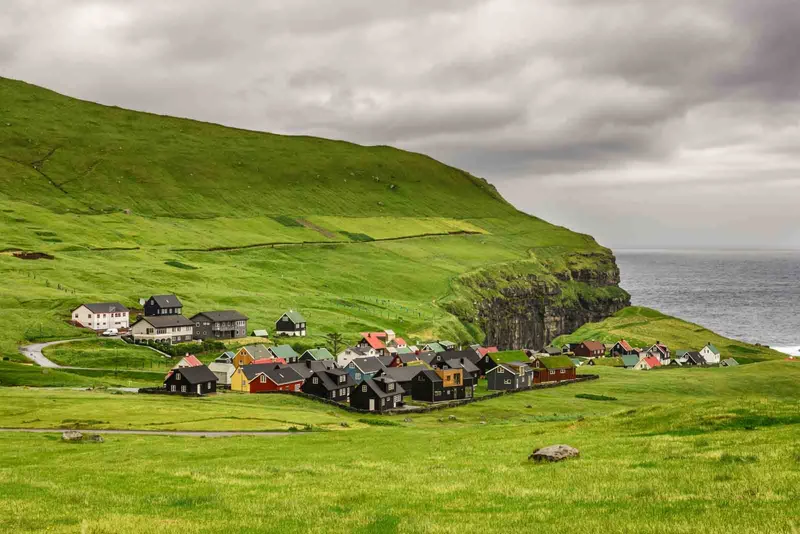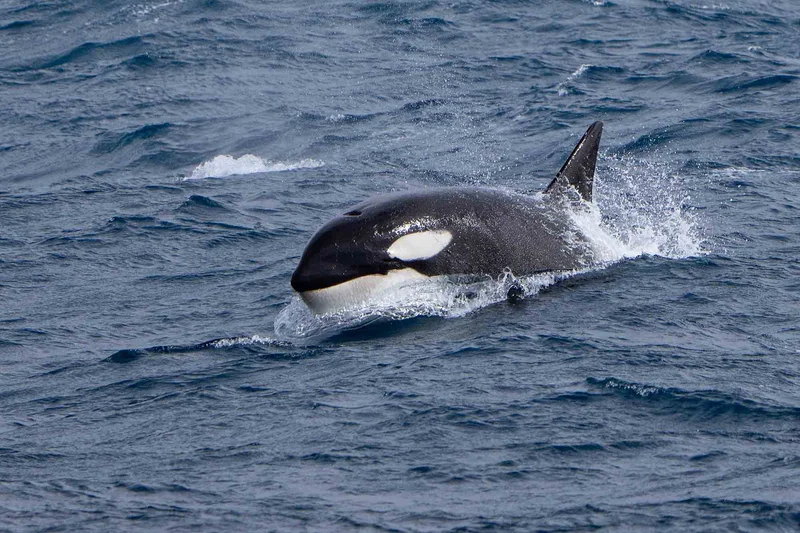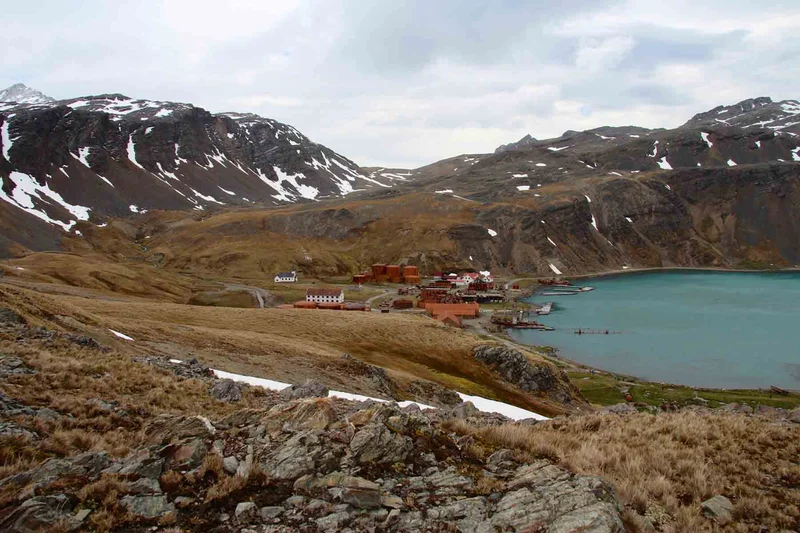

Chart the icy waters of Spitsbergen, exploring spectacular fjords and glaciers in Hornsund, a world of imposing sea cliffs and Arctic history. With seas rich in seals and whales, there are chances for spotting polar bears throughout. Before reaching Tromsø, a visit to remote Bear Island awaits.
6 Day Antarctica Itinerary
Day 1: Largest town, biggest island
You touch down in Longyearbyen, the administrative center of Spitsbergen, the largest island of the Svalbard archipelago. Enjoy strolling around this former mining town, whose parish church and Svalbard Museum are fascinating attractions. Though the countryside appears stark, more than a hundred plant species have been recorded here. In the early evening, the ship sails out of Isfjorden, where we might spot the first minke whale of the voyage.
Day 2: Spectacular Hornsund
We start the day by quietly cruising the side fjords of the spectacular Hornsund area in southern Spitsbergen, enjoying the scenery of towering mountain peaks. The mountain of Hornsundtind rises to 1,431 meters (4,695 feet), while the peak of Bautaen testifies to why early Dutch explorers gave this island the name Spitsbergen, meaning "pointed mountains." There are 14 magnificent glaciers in the area, and we have a chance of encountering seals and polar bears. The bird cliffs are now mostly quiet, with many species having departed aside from some first-year fulmars.
Day 3: Isolated Bear Island
We arrive at the southeastern end of Bear Island, an excellent place for viewing the high cliff faces and "Perleporten."
Northward, in Kvalrossbukta, the opportunity to land and visit the remains of a whaling station from early in the previous century should present itself. We might also land in a shallow valley, such as Rendalen.
Day 4 - 5: Toward Norway, Aurora Borealis
Sailing southward, we are likely to see whales in the surrounding sea, and when night falls again, we have a good chance to see the Aurora Borealis in the skies above.
Day 6: Arrive in Tromsø (Norway)
Tromsø, also known as the gate to the Arctic, has been an important town from where Arctic expeditions set out to the north for centuries. From here, one can fly to Oslo and beyond.
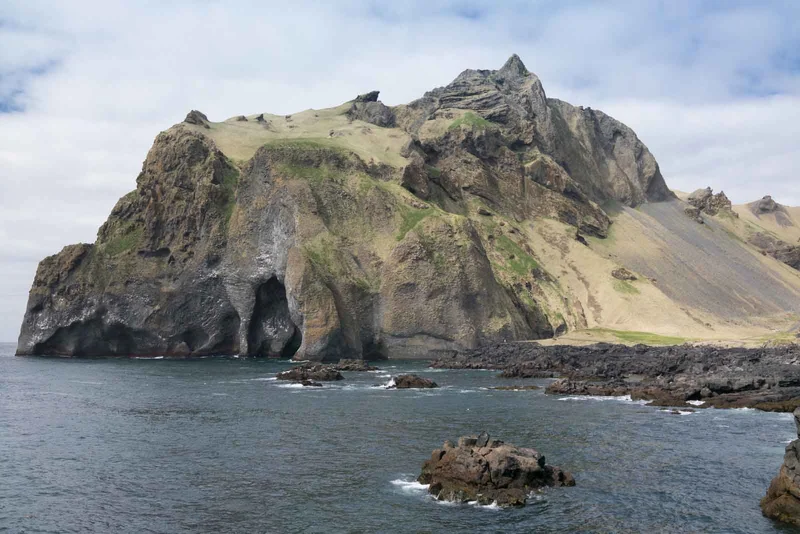
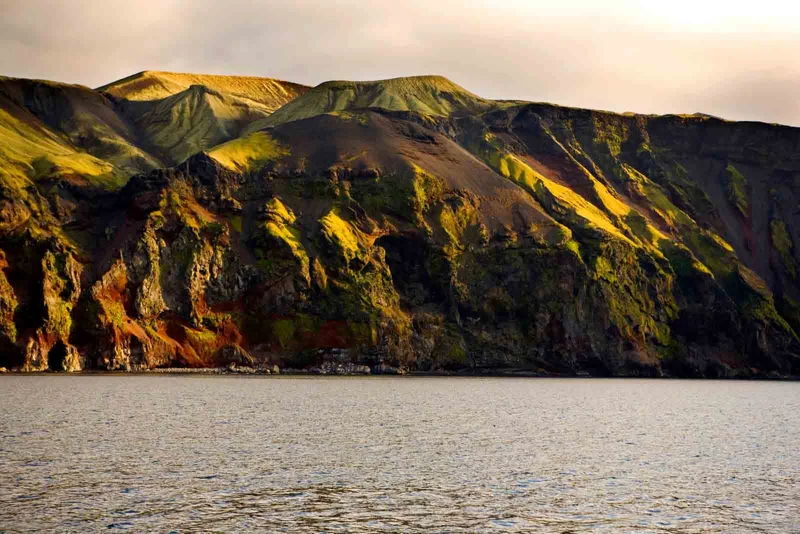
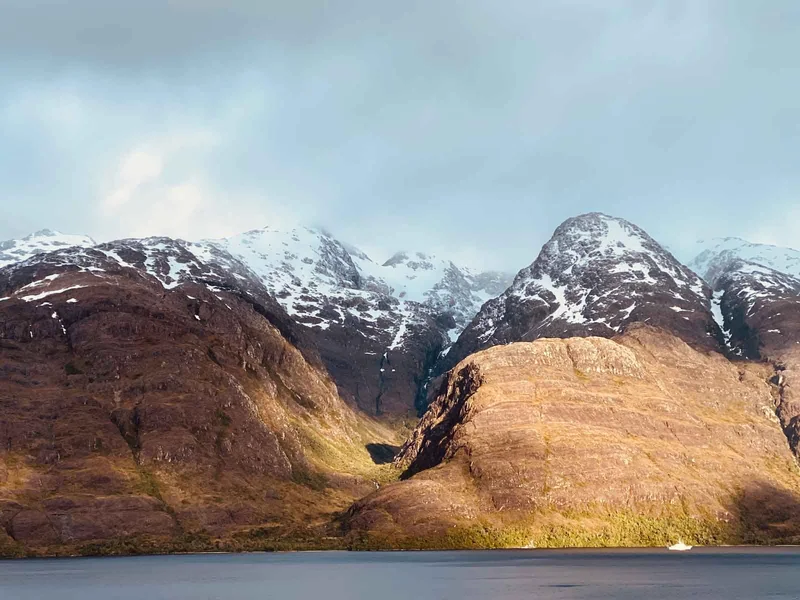

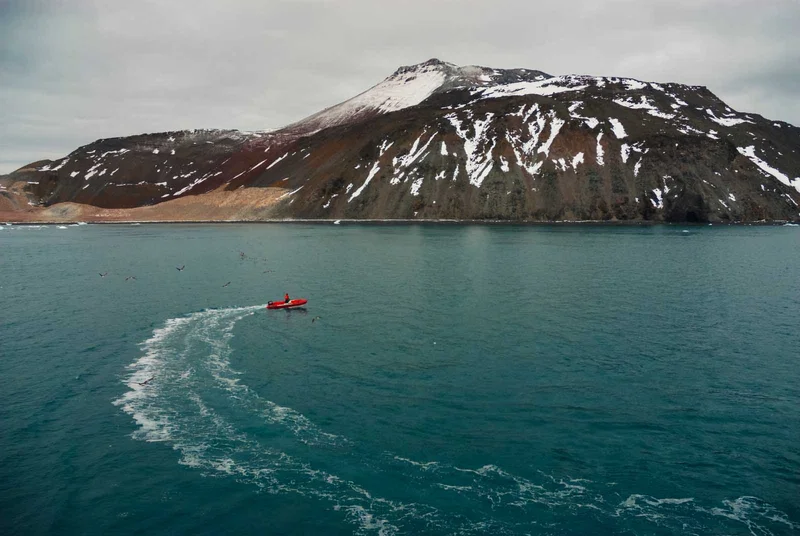
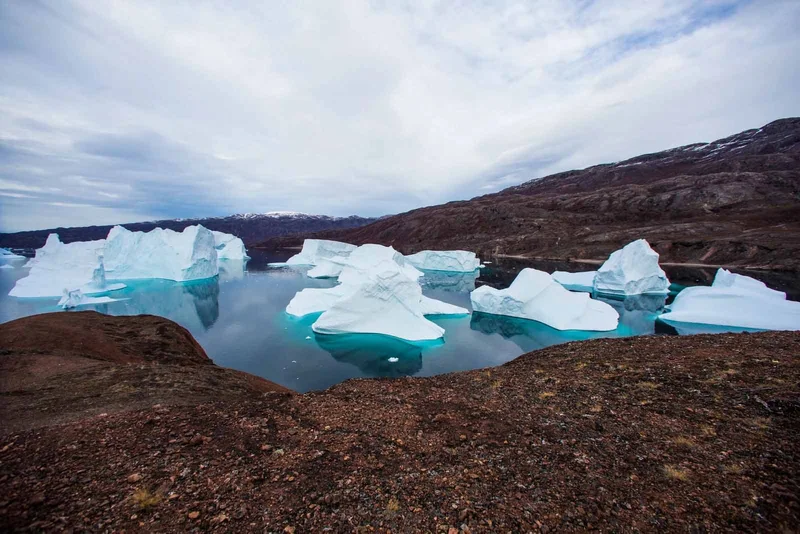
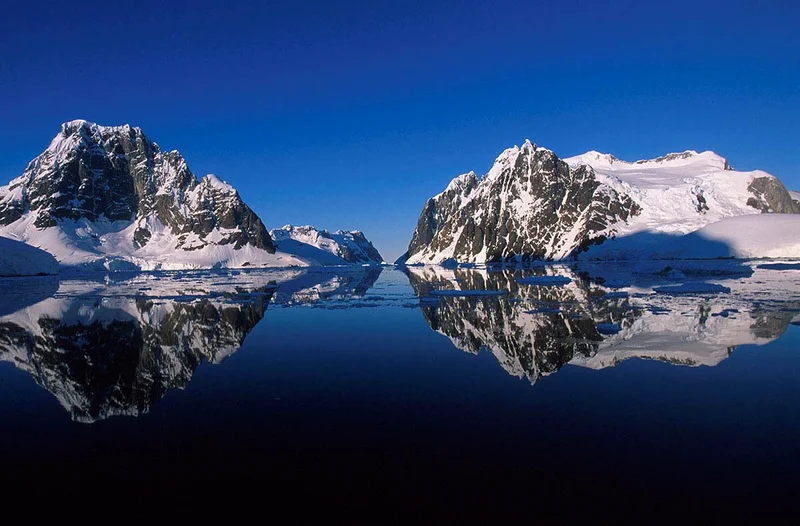
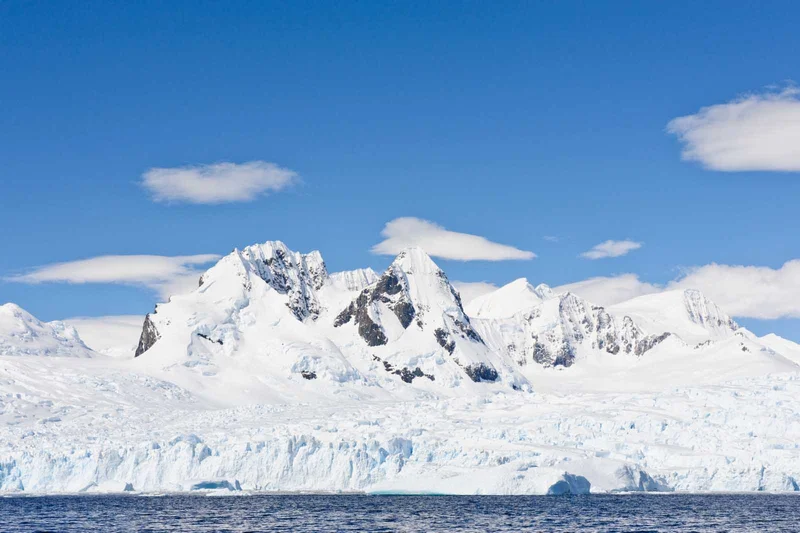
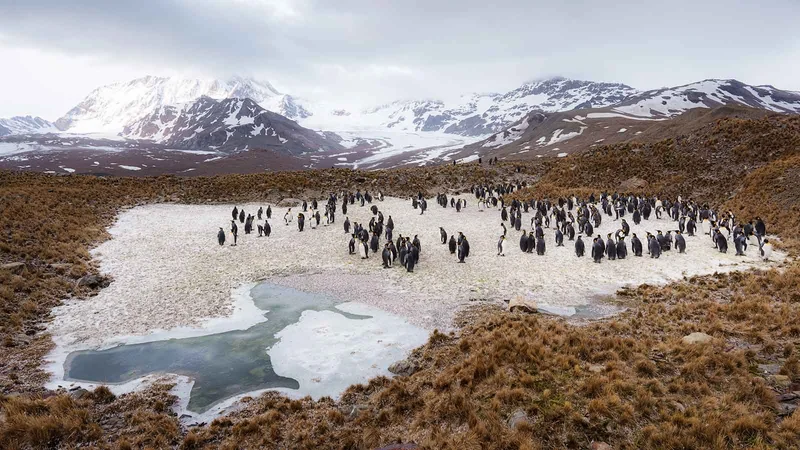
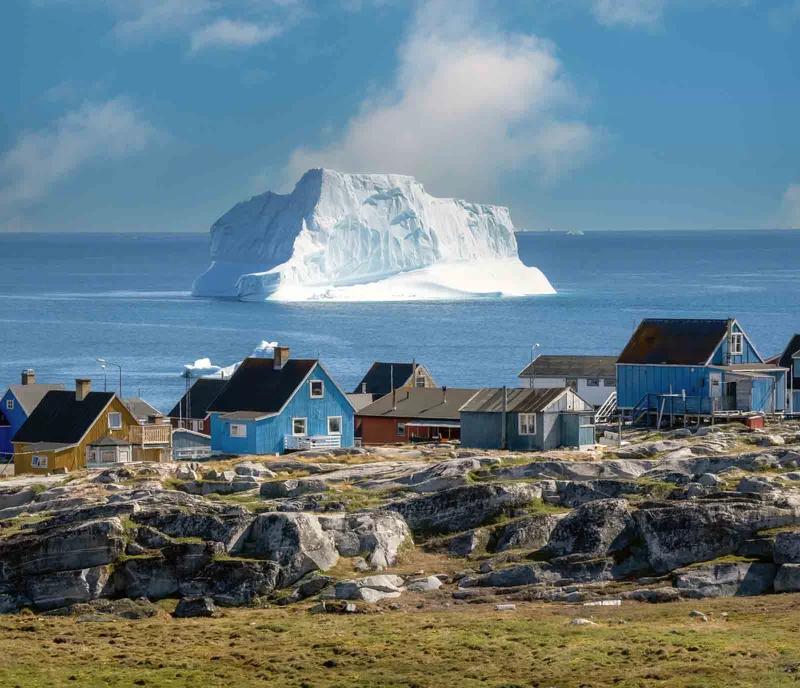

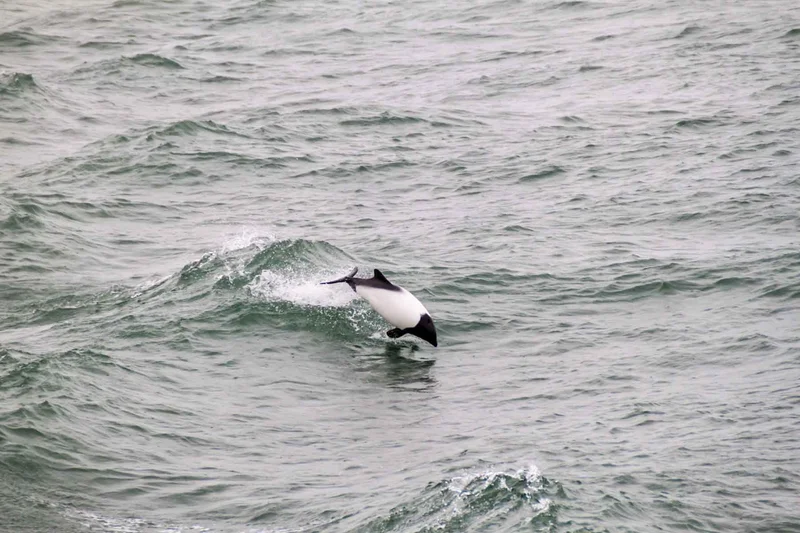
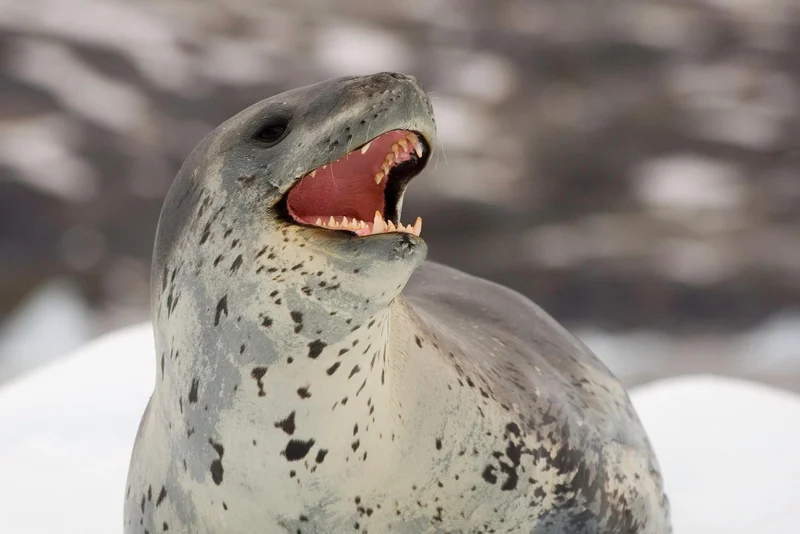

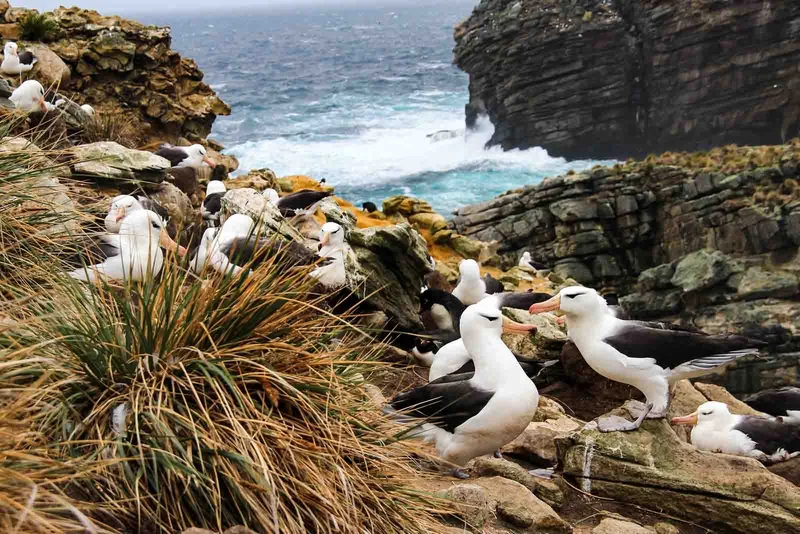
6 Day Antarctica Itinerary Includes
- Voyage aboard the indicated vessel as indicated in the itinerary.
- All meals throughout the voyage aboard the ship including snacks, coffee and tea.
- All shore excursions and activities throughout the voyage by Zodiac.
- Program of lectures by noted naturalists and leadership by experienced expedition staff.
- Free use of rubber boots and snowshoes
- Luggage transfer from pick-up point to the vessel on the day of embarkation, in Ushuaia.
- Pre-scheduled group transfer from the vessel to the airport in Ushuaia (directly after disembarkation).
- All miscellaneous service taxes and port charges throughout the program.
- AECO fees and governmental taxes.
- Comprehensive pre-departure material.
6 Day Antarctica Itinerary Does not Include
- Any airfare, whether on scheduled or charter flights; pre- and post- land arrangements.
- Transfers to the vessel in Ushuaia and Ascension and from the vessel in Ascension and Praia; passport and visa expenses.
- Government arrival and departure taxes.
- Meals ashore.
- Baggage, cancellation and personal insurance (which is strongly recommended).
- Excess baggage charges and all items of a personal nature such as laundry, bar, beverage charges and telecommunication charges.
- The customary gratuity at the end of the voyages for stewards and other service personnel aboard (guidelines will be provided).
Itinerary Map
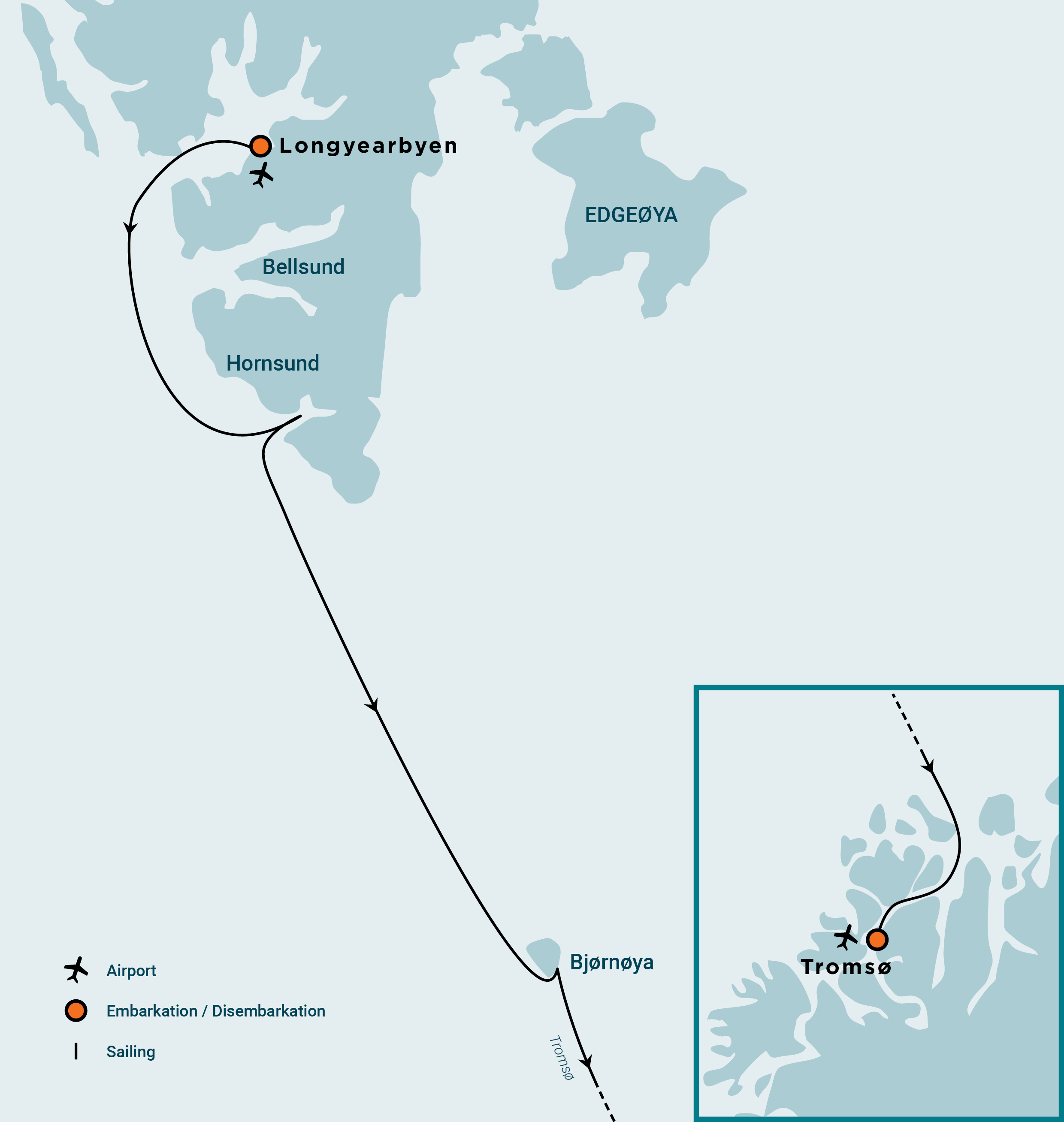
6 Day Antarctica cruise activities



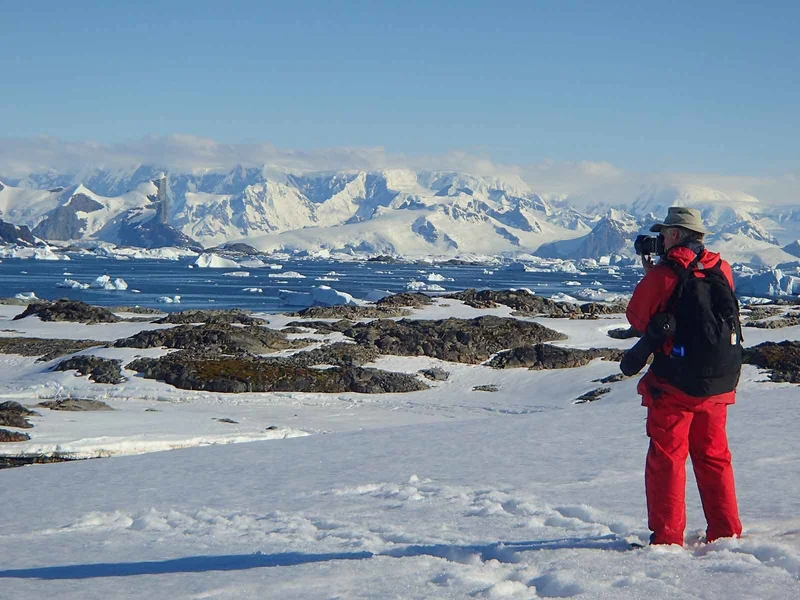
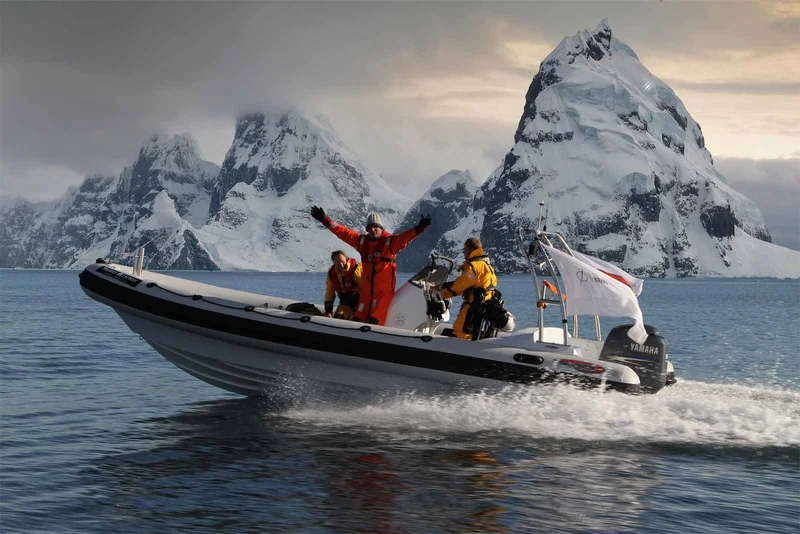

Animals you might see on this itinerary
South Spitsbergen - Bear Island - Norway
Why travel with us?
Would you like to know why booking with us is the best choice?
Discover the BenefitsSimilar Itineraries
